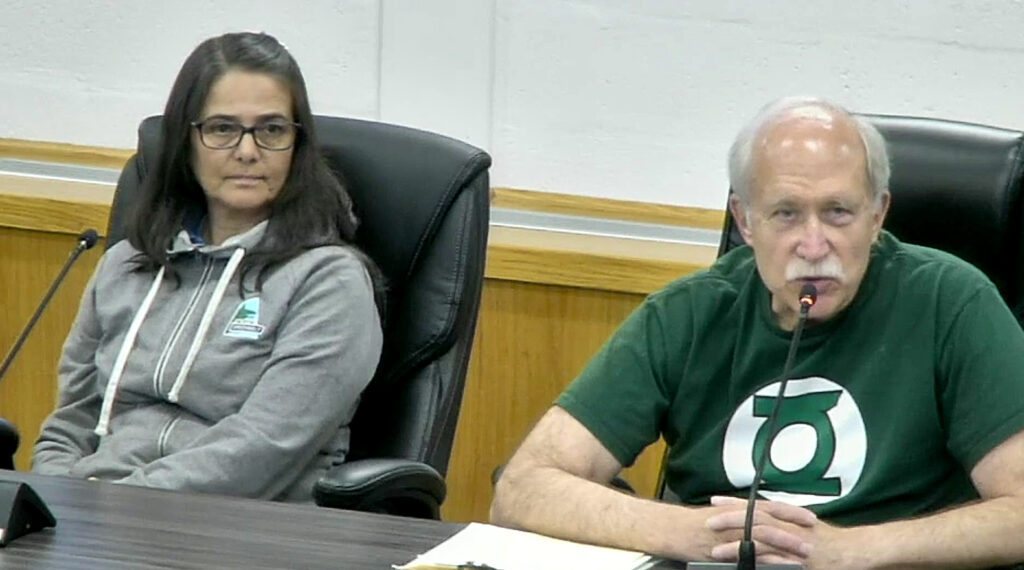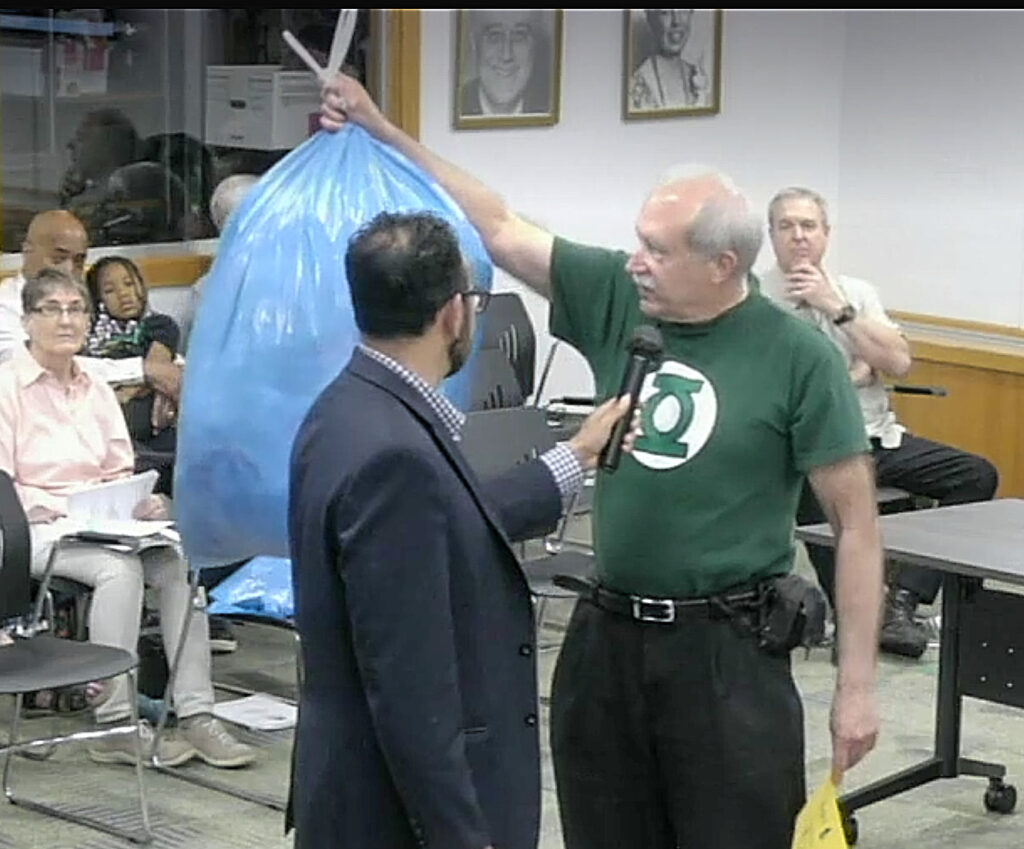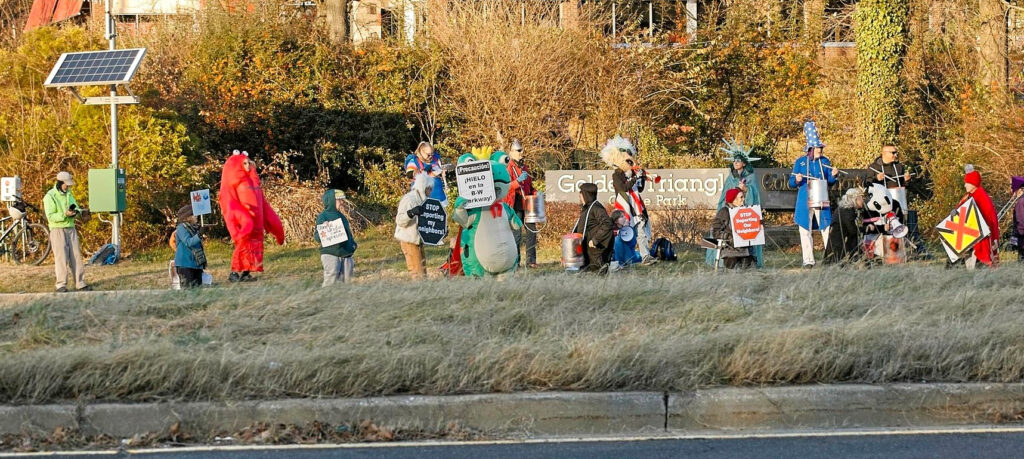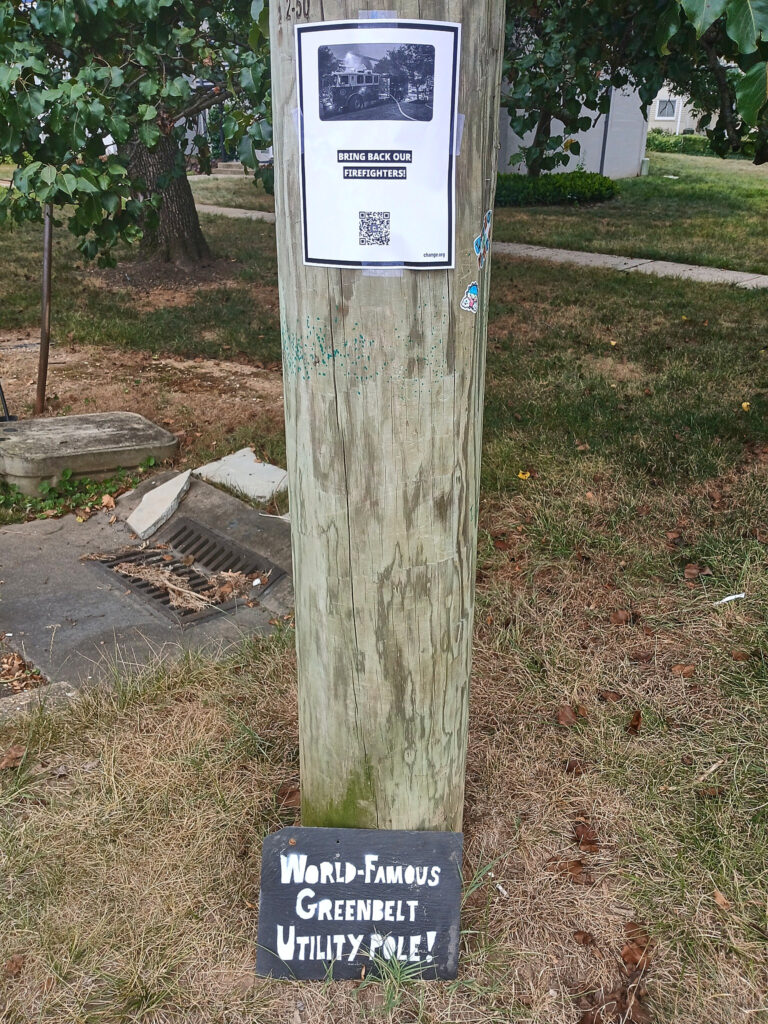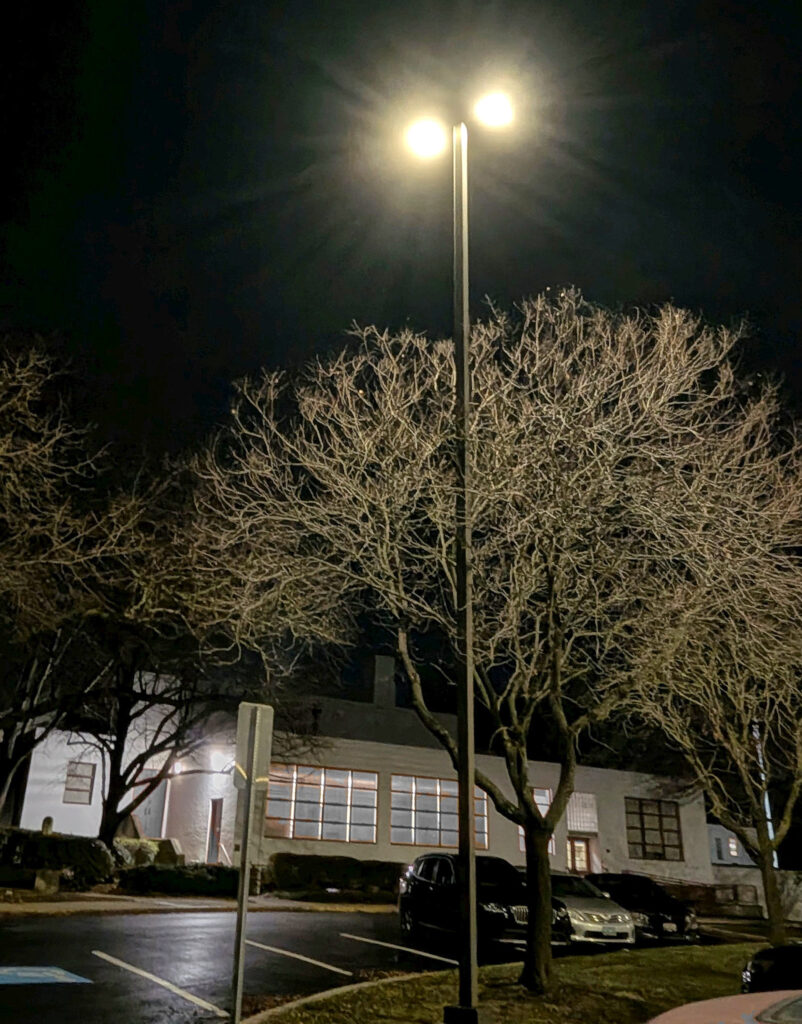During its May 5 worksession, the Greenbelt City Council discussed several options to deal with the serious financial situation concerning the city’s solid waste removal program. Serving a quarter of the city, comprised of 1,600 Greenbelt Homes, Inc. (GHI) homes and 900 single-
family homes, the city has largely been subsidizing the service from its general revenues for several years, causing the city to fall behind. The city has not changed the fee in nine years, with the problem compounded by the county recently raising its landfill tipping fee. City Manager Josué Salmerón expressed the need for a “sustainable” approach, seeing that “now is as good a time as any” to finally adjust the model.
Attending the meeting to provide recommendations were representatives from Green ACES, Waste Zero, the GHI Board and the city’s Sustainability Coordinator, Luisa Robles.
The city asked Green ACES to provide a recommendation on raising the trash and recycling fee. John Lippert, representing Green ACES, proposed raising the fee from the current $280/year to $360/year, matching the county charges. This possible increase would start at the onset of Fiscal Year 2026.
Save As You Throw
To illuminate a further Green ACES proposal, the mission-driven benefit corporation Waste Zero (wastezero.com), represented by Kristen Brown, was on hand to present what Green ACES has dubbed a “save as you throw” (SAYT), or unit-based pricing system. The program would comprise a flat base fee, with participants then responsible for purchasing their own city-approved trash bags, sized small, medium and large, to be used in any combination needed. Brown said that her experience with SAYT in other states has been a lower cost for most consumers and a decrease in the amount taken to landfills, with an increase in recycling, reusing and donations. For those not wishing to take part in the SAYT model, an opt-out, convenience fee would be charged.
Green ACES suggested a flat fee of either $220 or $240 per year, with an opt-out fee of $410. Bag prices for those participating in SAYT would be: small $.80; medium $1.25; and large $2.
Before the SAYT program could commence, Waste Zero would have to work with local vendors to carry the bags, with the city getting a cut of proceeds. A period of public education by the city and Waste Zero would also be required.
Participation Effects
Based on these metrics, a spreadsheet was shared showing possible participation rates and the corresponding financial surplus or deficit that could result. A higher participation rate meant less of a possible surplus, depending on the fee the city decides to charge, as fewer people would be paying the higher opt-out fee.
Brown outlined a pressing nationwide problem of an insufficient number of landfills to support a rising population, with the number of new landfills being cited as not keeping up with demand. She said that many communities simply don’t want a landfill in their area. Brown said that waste removal should be seen as a utility, like power and water, with cost dependent on usage.
It was pointed out at the meeting that some developments use a private waste collector, charging a lower fee than the city. Yet, Robles cited that these private companies do not offer the same amount of extra services, like bulk trash and lawn waste removal, as does the city. Robles said that the SAYT model would still include the same city services currently offered.
GHI Views
Stefan Brodd, president of the GHI Board, shared the sentiments of GHI, that a SAYT model is possible, but any decision would preferably wait until formalizing the next budget. He worried about the administrative costs and efforts of this new program. Council and Robles noted that these details would need to be ironed out.
Food Scraps Pickup
The future funding of the city’s curbside compost removal was discussed. At the moment, the service is free, subsidized by a USDA grant. The grant expires in August.
Lippert said that Green ACES hopes that if the city adopts SAYT, part of the potential surplus revenue could go toward continuing to subsidize the curbside food scraps pickup program.
Mayor Pro Tem Kristen Weaver shared a recent survey of the program’s 410 participants, which indicated that 100 percent of respondents would be willing to pay $5 per month to continue, with the percentage going down for an added amount, ending with 15 percent willing to pay $25. The survey showed a high appreciation of the program.
It was pointed out at the meeting that a consumer charge for curbside composting could be negotiated with the Compost Crew provider. Council indicated that any final decision on much of this will have to wait until the current budget has been deliberated. Salmerón wanted at least a 30-day window to alert residents to any change, and that after the obligatory two resolution hearings, any implementation would occur in August at the earliest.
Salmerón cited the city’s $4M deficit and the contributing revenue drain that waste removal draws from the city’s reserves, at $10,000 per month. He said that council faces a tough choice on this issue, and must move forward based on an informed decision.
